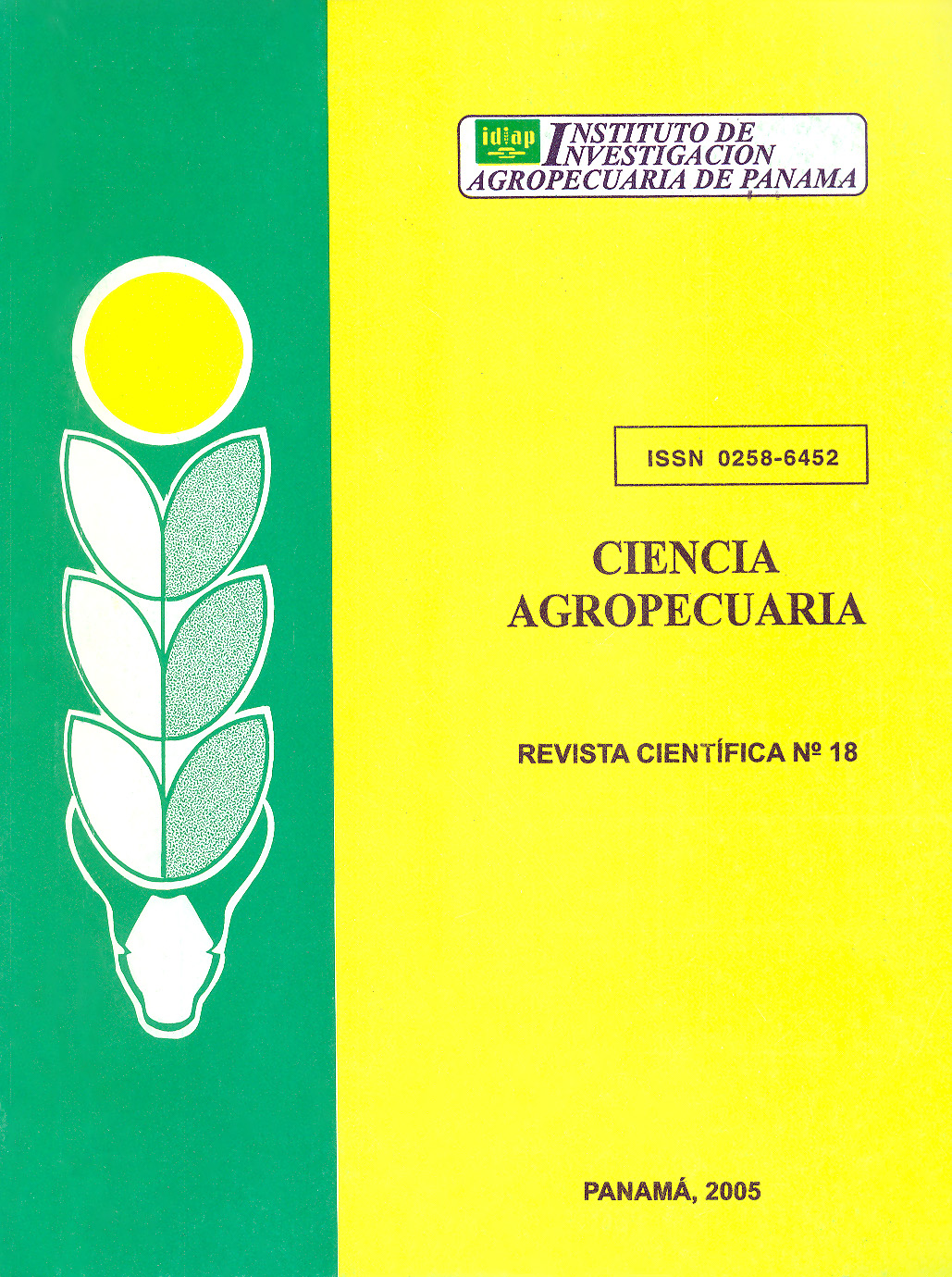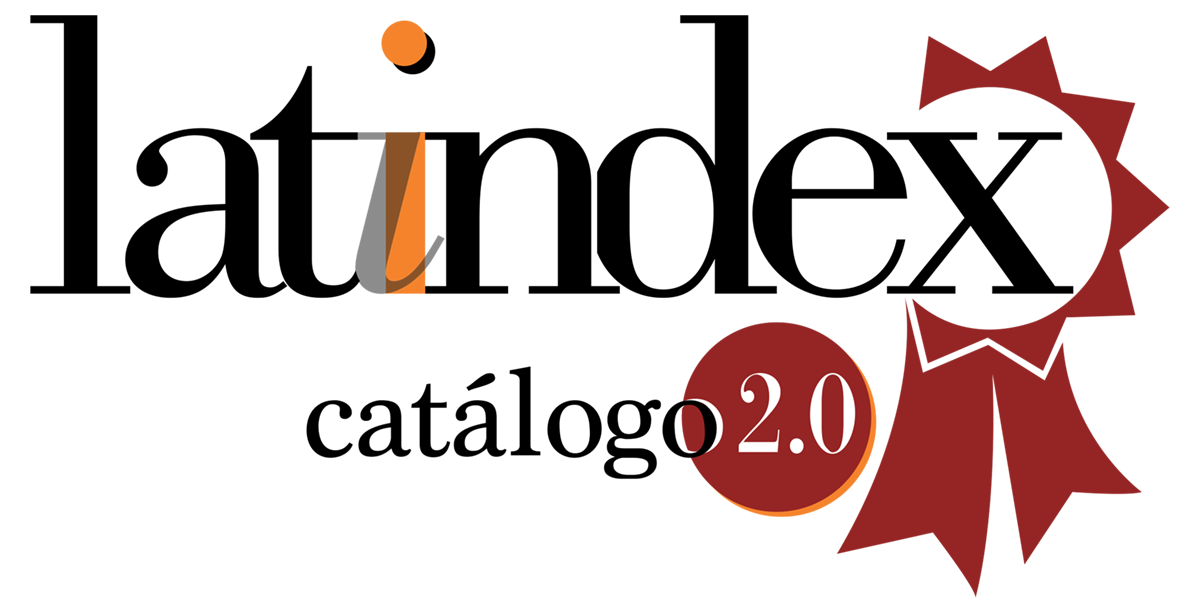PRODUCCIÓN DE CARNE BLANCA CON TENEROS MACHOS DE LECHE A BASE DE LECHE SUSTITUTO. CHIRIQUÍ, PANAMÁ. 2003.
Resumen
El trabajo se desarrolló en finca de productor a 1,100 msnm durante 120 días. El objetivo fue evaluar la factibilidad bioeconómica de la ceba de machos de leche para producción de carne blanca con un sustituto lácteo (SL) comercial, usando dos concentraciones del SL y la adición de un probiótico. Donde, T1 (0.110 kg SL/ lt H2O) y T2 (0.125 kg SL/ lt H2O + 7.0 g del probiótico/animal/día. Ocho terneros machos de la raza Holstein o cruzados (3/4 Holstein x 1/4 Pardo Suizo) fueron distribuidos al azar (4 animales/tratamiento). Los terneros ingresaron a cada tratamiento con edades entre 2.4 (T1) a 3.5 (T2) semanas y se sacrificaron a los 18.1 (T1) y 18.3 (T2) semanas. Se efectuaron pesos cada 7 días, se determinó la ganancia diaria de peso (GDP), el consumo de leche (kg/animal/día) y se registraron los gastos e inversiones para la evaluación económica. El análisis indicó que no se observó diferencias (P<0.05) entre tratamientos. La GDP fue 0.413 y 0.588 kg/animal/día (T2 fue 42% superior a T1). El SL cubrió un 79 y 109% del requerimiento proteico de los animales para T1 y T2, respectivamente. El requerimiento total de energía cubrió un 89 y 97% para T1 y T2, respectivamente. La producción total de carne durante el período fue 47.3 y 64.0 kg/animal para T1 y T2, respectivamente. La GDP se incrementó desde la 10a semana diferenciando claramente dos etapas, las cuales se diferenciaron (P<0.01) para cada tratamiento. En la etapa inicial (EI) la GDP fue de 0.291 y 0.389 kg/animal/día, para T1 y T2, respectivamente. En la etapa final (EF), la GDP fue 0.546 y 0.808 kg/an/día, para T1 y T2, respectivamente. El consumo promedio de leche en la (EI) fue 0.51 y 2.08 kg/animal/día, para T1 y T2, respectivamente. El consumo promedio de leche en la (EF) fue 0.67 y 3.86 kg/an/día, para T1 y T2, respectivamente. La eficiencia de alimentación, en promedio, para ambos tratamientos (T1 y T2) fue de 4.6 kg de leche (en polvo) por cada 1.0 kg de carne ganada, la cual se considera como baja. Lo anterior se atribuye a la calidad de la proteína utilizada en la fabricación del SL. El análisis de costos por tratamiento indicó que la rentabilidad en T2 fue de 27.7% y para T1 de 18% con un ingreso neto de B/67.63 y B/.136.35 /animal, para T1 y T2, respectivamente.
Descargas
Esta obra está bajo una licencia de Creative Commons Reconocimiento-NoComercial-CompartirIgual 4.0 Internacional.






